David Austin English Roses are some of my favorite garden roses. When the company contacted me with background information on how their roses are developed, I jumped at the chance to share the information with you. Below is a reprint (with permission) from David Austin English Roses. All photos and text are copyright David Austin English Roses and are used with permission.
David Austin Roses’ Breeding Program:
Continually Raising the Bar for Overall Charm, Beauty & Health
It is not too difficult to breed a rose that is resistant to disease.
What’s difficult is breeding a rose that has the exquisite mix of fragrance and form that defines an English Rose and also exhibits exemplary disease-resistance. Health and vigor have always been key components in breeding for David Austin Roses in Albrighton, England. Over the past decade, Austin’s team has raised the bar for disease resistance even higher.
While it is impossible not to spray roses grown in a commercial monoculture without getting at least some disease, since the 1990s the David Austin trial fields have been sprayed for pests and diseases only at very bare minimum levels, if at all. With this practice, only the very strongest and healthiest varieties make it through the selection process.
The David Austin Breeding Process
The David Austin Roses breeding program focuses on romantic color, fragrance, repeat-bloom from late spring/early summer to frost, attractive foliage and garden performance, including health and disease resistance.
“Once a breeding candidate satisfies these initial strict criteria, it must then pass the hurdle where its overall charm and beauty determine whether it has ‘the magic’ required to become a David Austin English Rose,” said Michael Marriott the Austin technical director.
The breeding program is directed by Austin principals David C.H. Austin and his son David J.C. Austin, and Carl Bennett, Austin’s longtime Rose Breeding Manager. In identifying final candidates for English Rose trialing, they are scrupulous in selecting only those that exhibit certain “must have” attributes, in combination:
- Significantly beautiful flowers, with individual blooms having five to 200 petals, with a wide range of flower shapes and sizes and anywhere from 5 to 200 petals per flower depending upon the variety.
- Appealing fragrance,
- Attractive growth: a full bush or climber/rambler, nicely shaped from the ground up, with handsome leaves and flowers held above the foliage
- Good repeat-flowering from late spring/early summer to frost
- Clean dropping of the petals after bloom
- Overall strength in garden performance, including resistance to disease
- Finally, a distinctive “English Rose charm,” an elusive synchronicity of style, strength and beauty that the Austin team recognizes by long experience.
Thousands of Crossings, Years of Patience
In traditional selective breeding good parentage is all. But a program designed to breed varieties that meet such criteria must by necessity be massive in scale involving many thousands of crosses of many parents. The David Austin breeding program makes about 150,000 precisely monitored cross-pollinations each season, growing about 250,000 seedlings per year from the resulting seeds.
Only a small proportion of these will display all of the characteristics the Austin breeders look for and move forward to further trialing. In the end, only two, three or four are chosen each year and it is a combination of overall charm and performance that wins out. A David Austin rose must be as tough in the garden as it is beautiful.
The process is a long one. It typically takes 8 to 10 years for a new rose to make the final cut and become an official David Austin English Rose.
Among recent* English Rose introductions exhibiting breakthrough disease-resistance and overall health are: ‘Olivia Rose Austin’ (2014, soft pink); ‘The Poet’s Wife’ (2014, yellow); ‘The Lady of the Lake’ (2014, blush pink); ‘Boscobel’ (2012, rich salmon pink); ‘Wollerton Old Hall’ (2011, creamy apricot); ‘Princess Anne’ (2010, deep pink); ‘Lady of Shalott’ (2009, rich apricot); ‘Claire Austin’ (2007, white); ‘Princess Alexandra of Kent’ (2007, glowing pink); ‘Queen of Sweden’ (2004, soft pink); and The Generous Gardener (2002, soft pink).
* Varieties are listed by year of their introduction in the United Kingdom.
To purchase David Austin English Roses, visit your local nursery and garden center this spring. Most carry a selection and can order additional colors or varieties upon request.

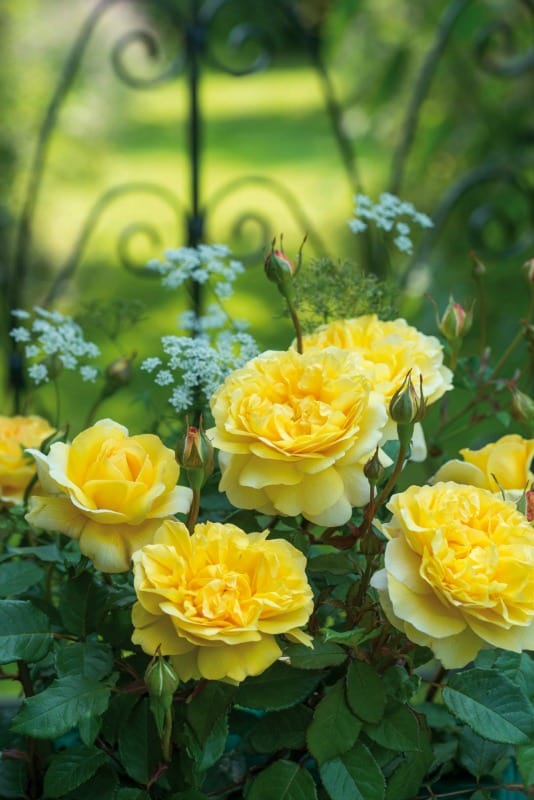
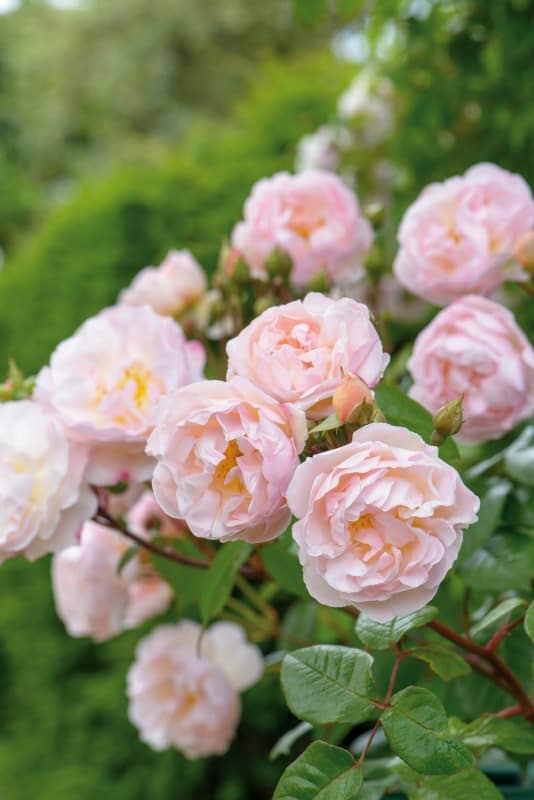
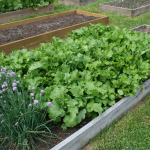
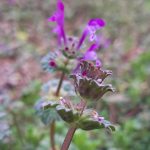
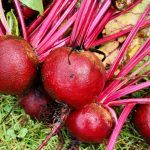
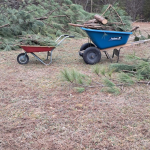
Those are beautiful!! I sure miss the English roses at my Grandma’s house. 🙂 #HomeMattersParty
English roses are so beautiful! Yellow roses are near & dear to me-they were my Mom’s all time favorite! #HomeMattersParty
Absolutely gorgeous! Thank you for sharing #HomeMattersParty
These roses are gorgeous! I love David Austin English Roses as well. As you know, we love our rose garden. Thanks for sharing and co-hosting at the #HomeMattersParty – we appreciate you! 🙂
~Lorelai
Life With Lorelai
The roses are so beautiful. I love all pink flowers, so The Lady of the Lake speak to me 🙂 #HomeMattersParty
Wow – beautiful. I love home grown roses vs. hothouse for their many fragrances as well as their beauty. It is so good to know about these disease resistant varieties since they make it so much easier to be organic!! Thanks for sharing your knowledge at #HomeMattersParty